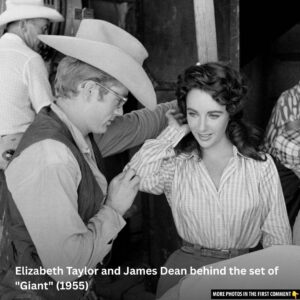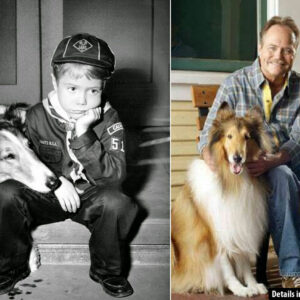Clint Walker’s portrayal of Cheyenne Bodie in the iconic TV Western Cheyenne left a lasting mark on television history. As one of the first successful Westerns produced by a major motion picture studio, the show redefined the genre for a new audience. With his towering height, rugged charm, and moral authority, Walker became a symbol of the Western hero, captivating viewers week after week. Whether you grew up watching it or discovered it later, Cheyenne remains a cherished piece of classic television nostalgia.
The Origins of Cheyenne
Cheyenne was a groundbreaking television series produced by Warner Brothers, becoming the first successful TV show to come from a major motion picture studio. Initially part of the Warner Brothers Presents showcase series, Cheyenne quickly rose to prominence as a fan favorite. Premiering in 1955 on ABC, the show was instrumental in helping the network climb in ratings, even as it competed with CBS and NBC, which had more national affiliates.

A Success Story in a Rotating Lineup
While Cheyenne proved to be a breakout hit, it never aired as a standalone series throughout its run. Instead, it alternated episodes with other Warner Brothers productions. During its eight-year run, from 1955 to 1963, Cheyenne aired a total of 107 episodes, averaging around 13 episodes per season. The show shared airtime with other series like Casablanca, King’s Row, and later, its own spin-offs Sugarfoot and Bronco.
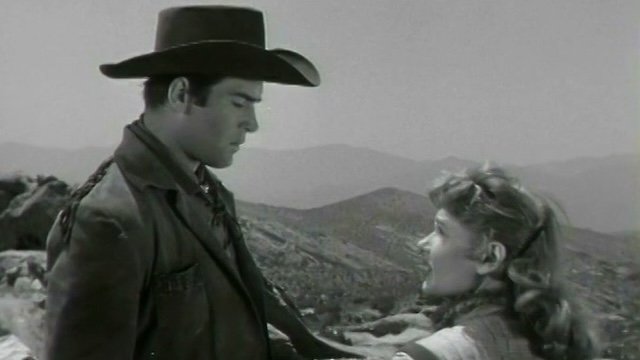
The Rise of the Television Western
During the 1950s, television Westerns were primarily aimed at younger audiences, with shows featuring cowboy heroes like Gene Autry and Roy Rogers. However, by the mid-1950s, the networks aimed to bring a more mature take on the genre to prime-time audiences. With shows like Gunsmoke and The Life and Legend of Wyatt Earp, television networks started introducing “adult” Westerns that focused on deeper character development and psychological drama.
Cheyenne was part of this shift. Its star, Clint Walker, played Cheyenne Bodie, a drifter who wandered the American frontier, taking on various jobs and encountering numerous conflicts. The show provided a flexible narrative format, with each episode placing Cheyenne in new situations. Sometimes he worked for the federal government, and at other times, he found himself helping local lawmen or ranchers. This adaptable premise allowed the series to recreate plots from previous Warner Brothers movies like To Have and Have Not and Treasure of the Sierra Madre.
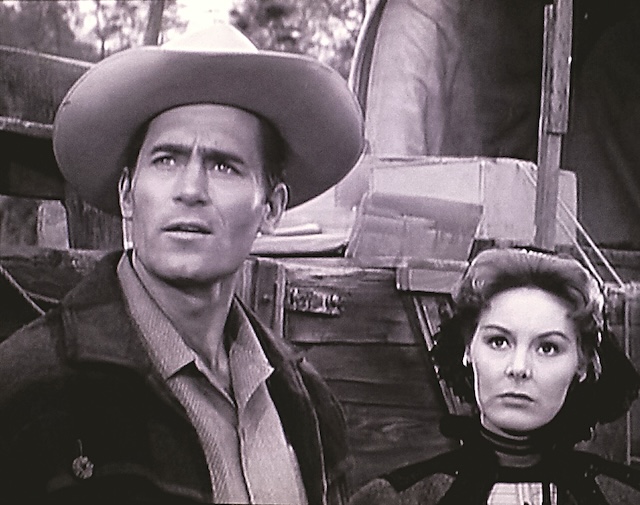
Cheyenne Bodie: The Lone Drifter
The premise of Cheyenne centered on Cheyenne Bodie, a frontier scout traveling through the West without a permanent destination. Each episode placed Bodie in new environments, often pitting him against moral dilemmas or violence, which he would resolve before moving on to the next town. This wandering lifestyle of Cheyenne gave the series a near-anthology format, with only the lead character remaining consistent across episodes. Each installment featured a fresh cast of characters and conflicts, allowing the show to explore different facets of the Old West.
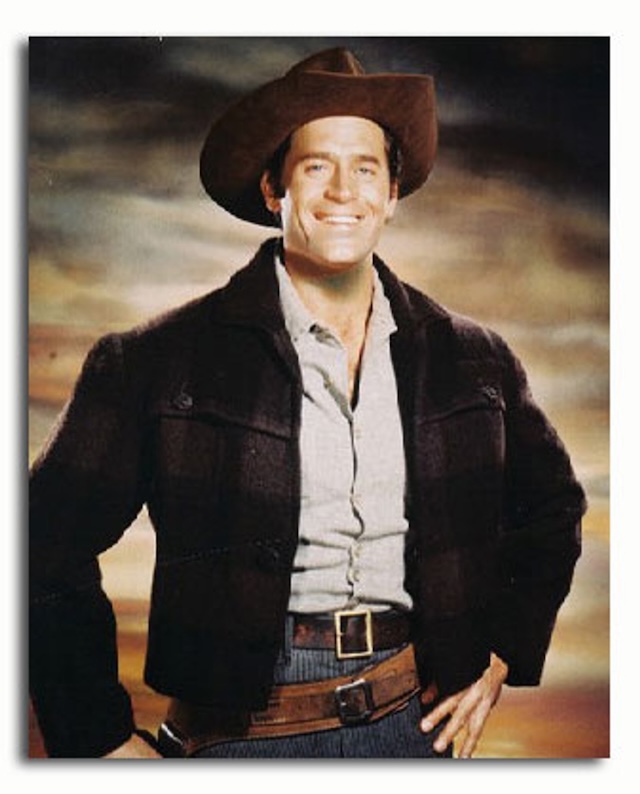
Clint Walker: The Star Behind Cheyenne
The success of Cheyenne was driven by its charismatic star, Clint Walker. With his towering 6’6″ frame and rugged good looks, Walker dominated the small screen. His physical presence made him a natural fit for the Western genre, and his portrayal of Cheyenne Bodie turned him into an icon. Walker’s commanding screen presence allowed the show to retain its audience even when the scripts repeated familiar themes and conflicts.

Warner Brothers and the Contract Dispute
By the 1957-58 season, Cheyenne was one of ABC’s top-rated series. Warner Brothers capitalized on Walker’s popularity, casting him in the feature film Fort Dobbs and releasing a musical album featuring his vocals. However, Walker remained locked into a stringent contract, which led to a contract dispute between him and Warner Brothers. Frustrated with his limited pay and lack of control over his career, Walker left the show for an entire season in 1958-59.
Warner Brothers, unwilling to halt production, introduced a new character, Bronco Layne (played by Ty Hardin), to replace Walker. The studio interspersed Bronco episodes with reruns of Cheyenne episodes to maintain audience interest. Despite the absence of its original star, the series continued to perform well, and Cheyenne remained in the top 20 programs.
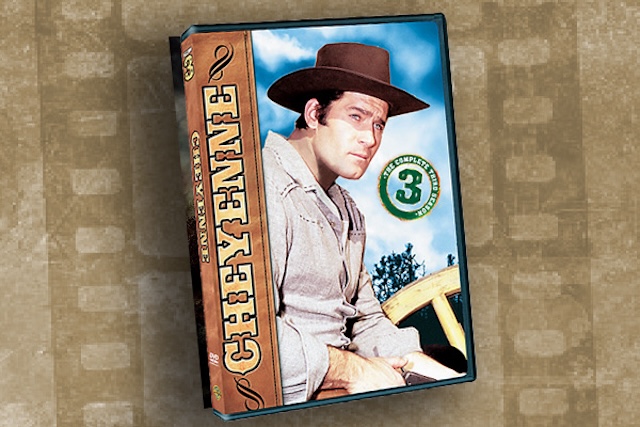
The Return of Walker and the Continued Success of Cheyenne
After lengthy negotiations, Warner Brothers eventually renegotiated Walker’s contract, and he returned to Cheyenne for the 1959-60 season. However, his return did not mark the end of Bronco, which continued as a standalone series. From that point on, Cheyenne, Bronco, and Sugarfoot alternated under the title The Cheyenne Show, with occasional crossover episodes between characters.

The End of Cheyenne
By the early 1960s, the repetition of storylines and the grueling production schedule began to take its toll on the actors. Clint Walker himself expressed dissatisfaction with the monotony of television production, referring to the experience as being like “a caged animal” in a “dead-end street.” The repetitive nature of the plots left both Walker and fellow actors like Will Hutchins (from Sugarfoot) yearning for the show’s conclusion. Despite the actors’ frustrations, Cheyenne had already secured its legacy as one of the defining Westerns of the 1950s and early 1960s.

Legacy of Cheyenne and Clint Walker
Cheyenne may have ended in 1963, but its impact on television Westerns is undeniable. The series laid the groundwork for many future Westerns, blending action with character-driven stories. Clint Walker’s portrayal of Cheyenne Bodie became a touchstone for Western heroes, and his towering presence set a new standard for leading men in the genre.
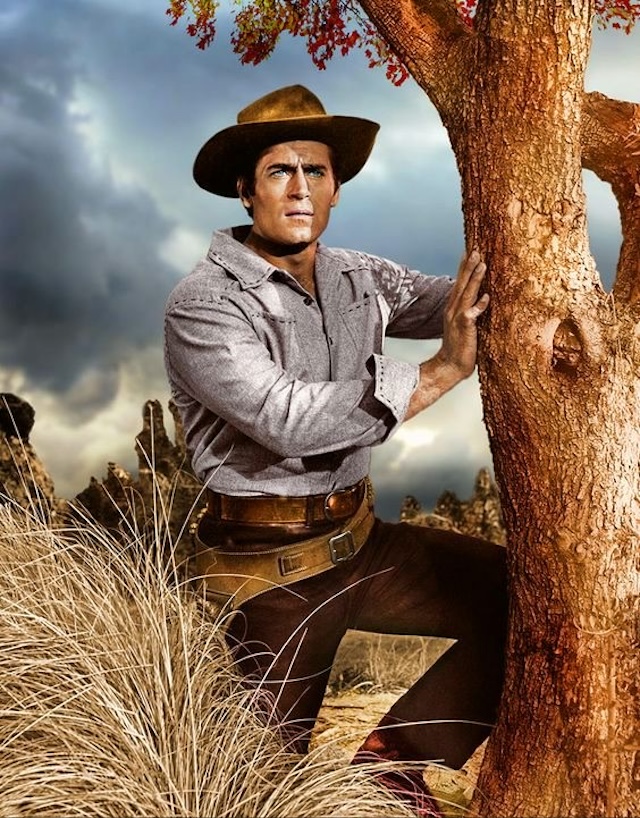
Conclusion
Cheyenne was more than just a television show; it was a pioneer in the Western genre. Its success on ABC helped launch a wave of Western-themed series and showcased the power of television to create lasting cultural icons. Clint Walker’s portrayal of Cheyenne Bodie remains one of the most memorable roles in TV history, securing his place as one of the great stars of the Western era. Despite the challenges behind the scenes, Cheyenne stands as a testament to the enduring appeal of Westerns and their place in American television history.
